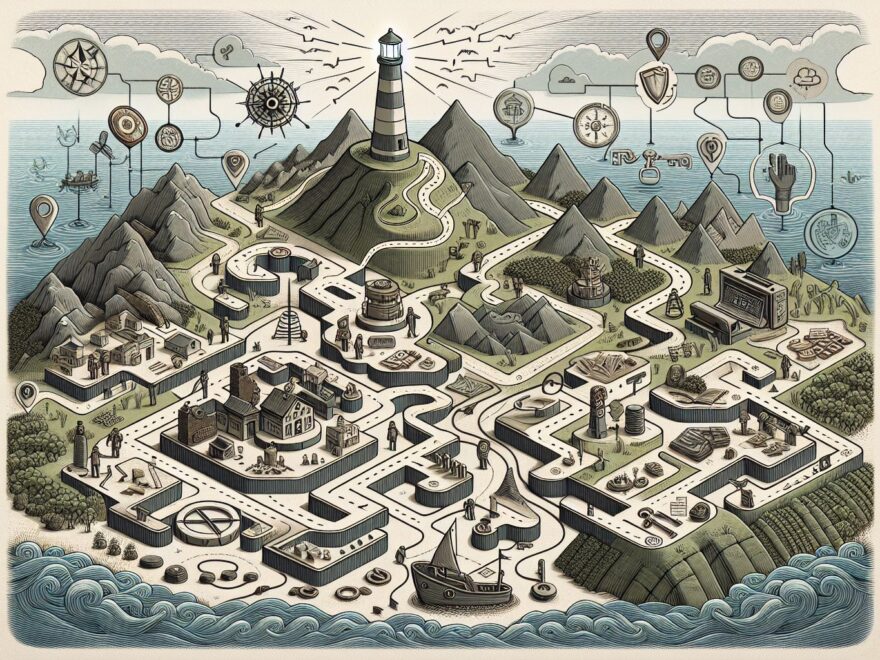In an era where dangers lurk both in the physical realm and in the vast expanse of the internet, ensuring the welfare of our children has become a complex task that demands vigilance and informed action. Parents, educators, and guardians are frequently bombarded with alarming stories and statistics about the risks that children face daily—ranging from online predators to real-world hazards. This constant stream of information can be overwhelming, yet it underscores the pressing need to prioritize child safety in every aspect of our lives.
The quest for child safety is unending and dynamic, continually adapting to the evolving challenges presented by technology and society. By exploring practical steps and dissecting vital educational components, we can build a multi-layered defense against the manifold threats to our children’s well-being.
Creating a Fortress of Safety: Tips for the Digital and Physical Worlds
We live in an increasingly interconnected and mobile society. While this brings numerous benefits, it also introduces a spectrum of risks that require thoughtful and proactive measures. Let’s delve into some effective strategies for keeping children secure in both physical and digital environments.
In the Home
- Secure the Environment: Regularly inspect your home to eliminate potential hazards—secure heavy furniture to walls, limit access to dangerous substances, and use safety gates or door locks to control access to specific areas.
- Establish Rules and Routines: Children thrive with structure. Set clear and consistent rules about talking to strangers, answering the door, and exploring the neighborhood. Familiarize them with emergency procedures and point out safe havens within the community.
In Public Spaces
- Stay Visible: Teach kids to stay within your sight or in designated areas where you can easily find them in crowded places like parks, malls, or festivals.
- Understand Stranger Safety: Rather than instilling fear of all strangers, educate children on how to identify trusted adults and what to do if they feel unsafe or lost.
Online Safety
- Active Monitoring: Utilize parental controls, but don’t rely solely on them. Engage with your children about their online activities and maintain an open dialogue about internet safety.
- Promote Privacy and Boundaries: Teach your children not to share personal information and to understand the long-lasting implications of their digital footprints.
The Role of Education
Comprehensive education remains a critical component of child safety. This extends beyond basic rules and enters the realms of emotional intelligence and situational awareness. Equipping children with the skills to recognize inappropriate behavior, trust their instincts, and seek help empowers them with autonomy over their safety.
Embracing Modern Tools and Resources
From GPS-enabled devices that keep track of a child’s location to applications that monitor online behavior, modern tools can support, but not replace, hands-on parenting strategies. Staying informed about and adaptive to these resources allows us to stay a step ahead in our child safety efforts.
From Awareness to Empowerment: Concluding Thoughts
The stories of resilience in the face of adversity remind us of the critical importance of fostering a safe environment for our children. While we cannot shelter them from all dangers, we can arm them with knowledge, strategies, and confidence—three essential pillars that underpin their ability to navigate through life’s uncertainties. Safety is not solely about restrictions and warnings; it’s about instilling the wisdom and tools that empower our children to protect themselves and others. Let’s commit to being proactive, not reactive, and forge a path marked by vigilance and wisdom in the pivotal quest to safeguard our children’s futures.

